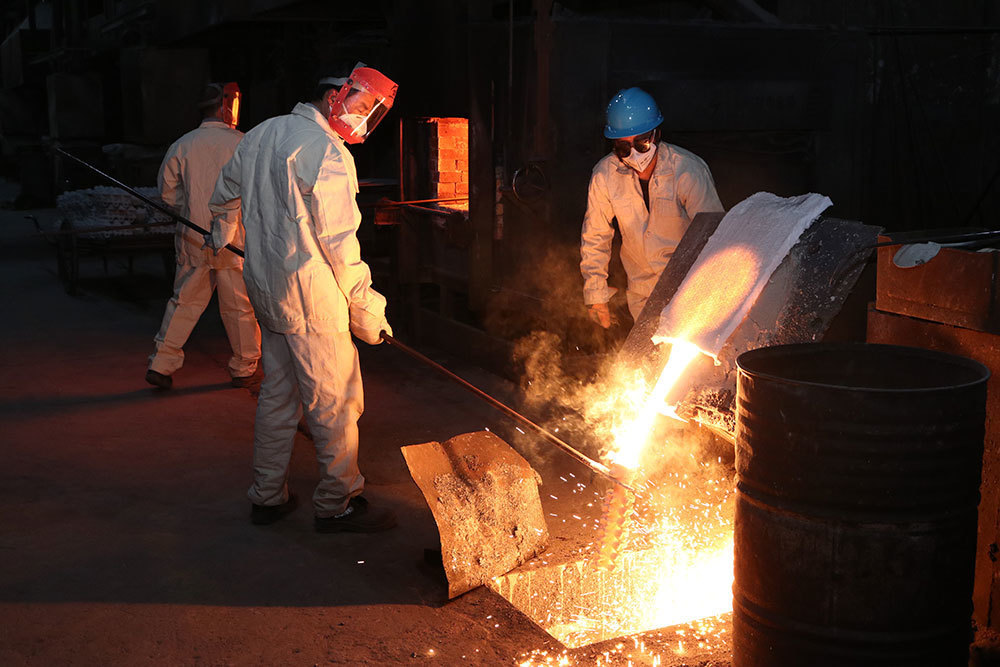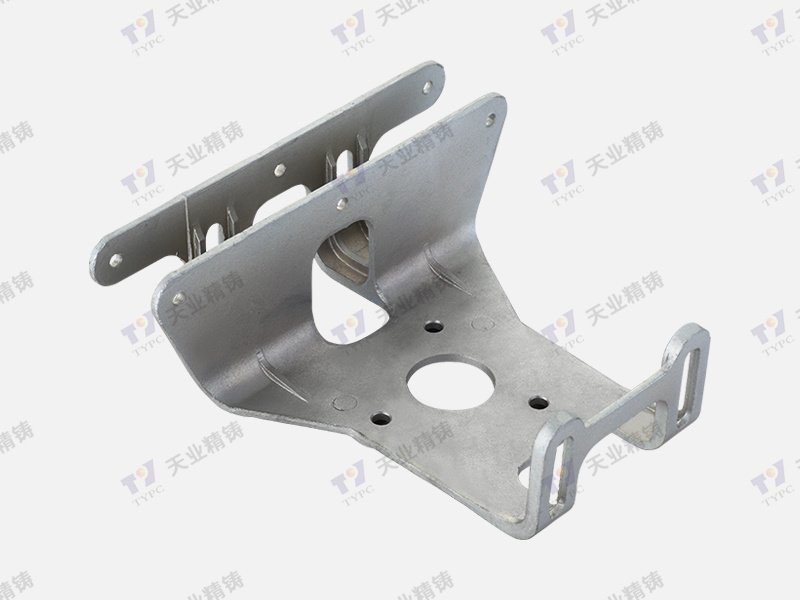2025-04-10
Understanding Stainless Steel Investment Casting: A Comprehensive Guide for Industrial Professionals
Stainless steel investment casting is a remarkable manufacturing process widely used in the industrial equipment sector for producing complex shapes and components. This technique, often referred to as lost-wax casting, utilizes a mold made from a wax pattern that is coated in ceramic. Once the ceramic shell hardens, the wax is melted away, leaving a precise cavity for molten stainless steel to fill. This method offers several advantages, particularly for producing intricate parts with high dimensional accuracy and smooth surface finishes.
One of the primary benefits of stainless steel investment casting is the material's inherent properties. Stainless steel is known for its corrosion resistance, strength, and durability, making it an ideal choice for a variety of applications, including valves, pumps, and various industrial components. Furthermore, the versatility of stainless steel allows manufacturers to select specific alloys tailored to the demands of their projects, enhancing performance in challenging environments.
The investment casting process also significantly reduces material waste compared to traditional machining methods. By creating near-net shapes, manufacturers can minimize the amount of raw material required, leading to cost savings and reduced environmental impact. Additionally, the ability to produce complex geometries means that intricate designs that would be difficult or impossible to achieve through other manufacturing processes can be realized with ease.
Quality control is another critical aspect of stainless steel investment casting. The process allows for rigorous inspection and testing, ensuring that components meet stringent industry standards. This is particularly important in sectors where safety and reliability are paramount, such as aerospace, automotive, and medical equipment manufacturing.
Moreover, the process is adaptable to both small and large production runs. Whether producing a single prototype or thousands of units, stainless steel investment casting can accommodate varying production scales efficiently. This flexibility is essential for organizations that need to respond quickly to market demands without compromising quality.
In conclusion, stainless steel investment casting is a valuable technique in the industrial equipment sector, offering numerous benefits, including material efficiency, design flexibility, and superior quality assurance. As industries continue to evolve, understanding the nuances of this process can empower professionals to make informed decisions that enhance their manufacturing capabilities and drive innovation in product development. By leveraging the advantages of stainless steel investment casting, companies can not only improve their operational efficiency but also deliver high-quality solutions that meet the ever-growing demands of the marketplace.
One of the primary benefits of stainless steel investment casting is the material's inherent properties. Stainless steel is known for its corrosion resistance, strength, and durability, making it an ideal choice for a variety of applications, including valves, pumps, and various industrial components. Furthermore, the versatility of stainless steel allows manufacturers to select specific alloys tailored to the demands of their projects, enhancing performance in challenging environments.
The investment casting process also significantly reduces material waste compared to traditional machining methods. By creating near-net shapes, manufacturers can minimize the amount of raw material required, leading to cost savings and reduced environmental impact. Additionally, the ability to produce complex geometries means that intricate designs that would be difficult or impossible to achieve through other manufacturing processes can be realized with ease.
Quality control is another critical aspect of stainless steel investment casting. The process allows for rigorous inspection and testing, ensuring that components meet stringent industry standards. This is particularly important in sectors where safety and reliability are paramount, such as aerospace, automotive, and medical equipment manufacturing.
Moreover, the process is adaptable to both small and large production runs. Whether producing a single prototype or thousands of units, stainless steel investment casting can accommodate varying production scales efficiently. This flexibility is essential for organizations that need to respond quickly to market demands without compromising quality.
In conclusion, stainless steel investment casting is a valuable technique in the industrial equipment sector, offering numerous benefits, including material efficiency, design flexibility, and superior quality assurance. As industries continue to evolve, understanding the nuances of this process can empower professionals to make informed decisions that enhance their manufacturing capabilities and drive innovation in product development. By leveraging the advantages of stainless steel investment casting, companies can not only improve their operational efficiency but also deliver high-quality solutions that meet the ever-growing demands of the marketplace.









